By Travis Owen, Amateur Anthecologist
A few weeks ago I bought a new camera and have been using it to photograph any bee or wasp that crosses my path. Carpenter bees (Ceratina and Xylocopa) are highly active, as well as bumbles (mostly B. vosnasenskii), metallic green sweat bees, and a fee cuckoo bee sightings (Sphecodes).
As for wasps, vespid wasps now have their first wave of worker sisters and are rearing the third wave now, while queens and foundresses are free to remain in the nests full time since the daughters can take over the foraging role. Aculeate solitary wasps are building and provisioning nests, including mason wasps (Eumeninae) and mud daubers. Two weeks ago I reared several black and yellow mud daubers (Sceliphron caementarium) from nests I had collected last year. Cuckoo wasps (Chrysididae) are also on the prowl. They are commonly found inside Sceliphron nests here.
Countless parasitic wasps are also active, though the identity of most is obscure and mysterious, often requiring a trained professional and a microscope to identify to species.
